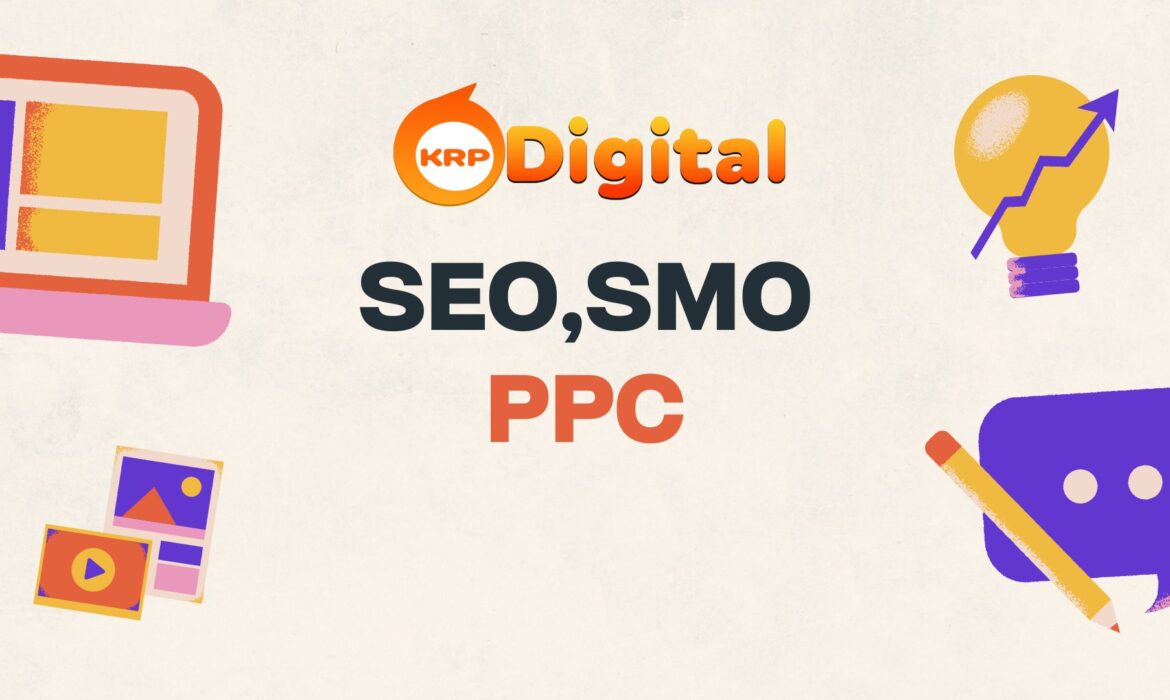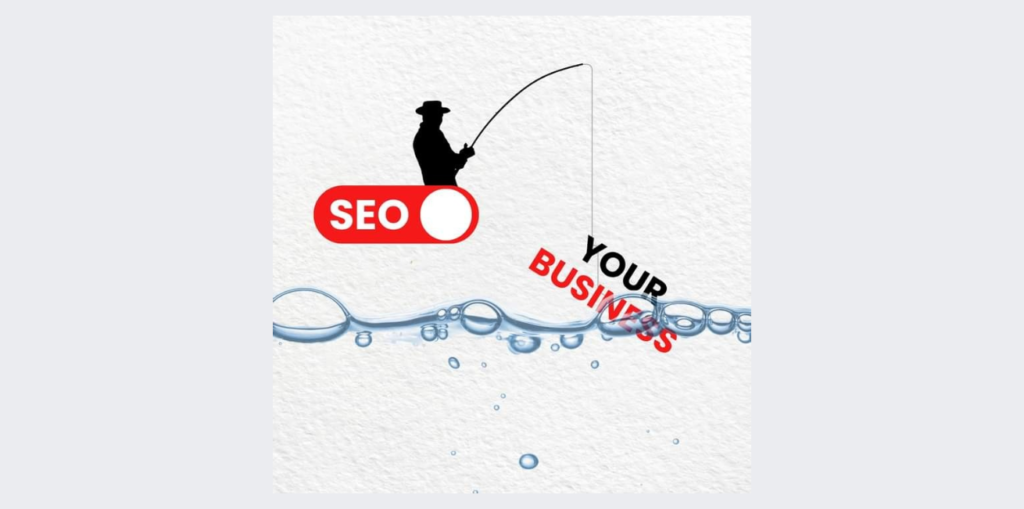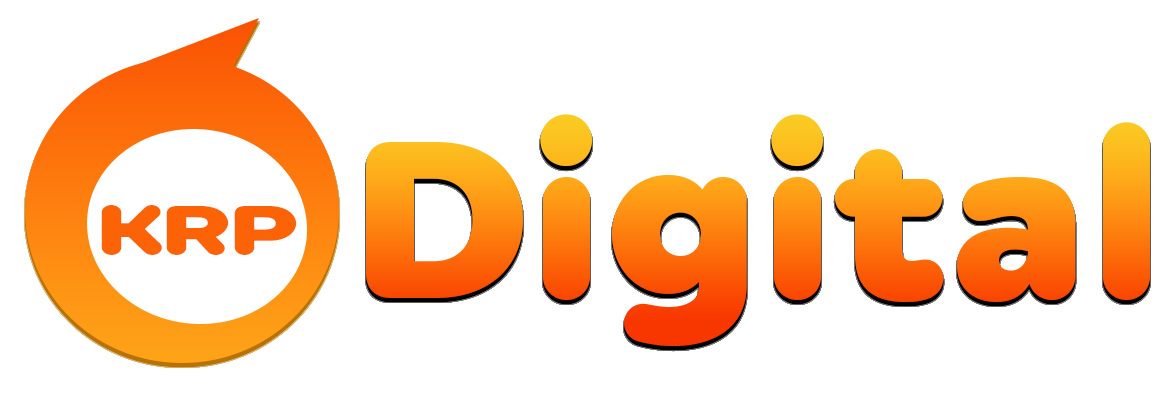
Introduction
In today’s digital age, businesses need a strong online presence to succeed. Terms like SEO, SEM, and PPC are common in digital marketing, but what do they mean, and how do they differ? Understanding these concepts is crucial for anyone looking to optimize their online marketing efforts. Let’s dive into the definitions and differences of SEO, SEM, and PPC.
What is SEO?
Search Engine Optimization (SEO) is the process of optimizing your website to rank higher in search engine results pages (SERPs) organically. This involves improving various elements on your website, such as content quality, keyword usage, site speed, mobile usability, and backlink quality.
Key Features of SEO:
- Organic Traffic: SEO focuses on earning traffic naturally without paying for ads.
- Long-term Results: SEO takes time but can offer sustainable and long-lasting results.
- On-page and Off-page Optimization: This includes optimizing both your website content and external factors like backlinks.

What is SEM?
Search Engine Marketing (SEM) is a broader term that encompasses both SEO and paid search activities. SEM is aimed at increasing a website’s visibility on search engines through paid advertising and optimization techniques.
Key Features of SEM:
- Combination of Paid and Organic Strategies: SEM includes both SEO efforts and paid search tactics.
- Immediate Results: Paid ads can provide instant visibility.
- Comprehensive Approach: SEM offers a more holistic approach to gaining search engine visibility.
What is PPC?
Pay-Per-Click (PPC) is a form of online advertising where advertisers pay a fee each time their ad is clicked. PPC is often associated with platforms like Google Ads, where you bid on keywords to have your ads shown to users searching for those terms.
Key Features of PPC:
- Paid Traffic: PPC drives traffic through paid ads rather than organic search results.
- Cost Control: Advertisers can control their budget by setting a maximum cost per click.
- Targeted Advertising: PPC allows for precise targeting based on keywords, demographics, and user behavior.
Comparing SEO, SEM, and PPC
While SEO, SEM, and PPC are distinct strategies, they can complement each other to enhance your digital marketing efforts. Here’s a comparison to understand their unique benefits and uses:
| Aspect | SEO | SEM | PPC |
|---|---|---|---|
| Cost | Generally free (excluding time/labor) | Can be costly (includes PPC costs) | Pay-per-click cost |
| Traffic Type | Organic | Both organic and paid | Paid |
| Time to Results | Long-term | Short-term (immediate for PPC) | Immediate |
| Sustainability | Long-lasting | Depends on the balance of SEO and PPC | Short-term (requires ongoing payment) |
| Complexity | High (requires ongoing effort) | Very high (combines SEO and PPC) | Moderate to high (depends on budget) |
Integrating SEO, SEM, and PPC
To maximize your digital marketing potential, it’s beneficial to integrate all three strategies:
- Start with SEO: Build a solid foundation with strong SEO practices to ensure long-term organic growth.
- Use PPC for Immediate Results: While your SEO efforts take time to show results, use PPC campaigns to drive immediate traffic and conversions.
- Combine in SEM: Utilize SEM to create a comprehensive strategy that leverages both organic and paid search efforts for maximum visibility.
Conclusion
SEO, SEM, and PPC each play a vital role in digital marketing. By understanding their differences and how they can complement each other, you can develop a more effective and well-rounded marketing strategy. Whether you’re looking for immediate results or sustainable growth, a balanced approach incorporating all three elements will help you achieve your online marketing goals.


